About the Authors
____________
Professional photographers, biologists, authors, and noted national park experts, Ann and Rob Simpson have spent years involved with research and interpretation in US national parks. They have written numerous books on national parks coast to coast that promote wise and proper use of natural habitats and environmental stewardship. As a former chief of interpretation and national park board member, Rob has a unique understanding of the inner workings of the national park system. In cooperation with American Park Network, both have led Canon Photography in the Parks workshops in major national parks, including Yosemite, Yellowstone, Grand Canyon, and Great Smoky Mountains.
Ann and Rob are both award-winning biology professors at Lord Fairfax Community College in Middletown, Virginia. With a background in science education, Ann heads the science department. As part of the colleges nature photography curriculum, the Simpsons regularly lead international photo tours to parks and natural history destinations around the world.
Long known for their stunning images of the natural world, their work has been widely published in magazines such as National Geographic, Time, National Wildlife, and Ranger Rick, as well as many calendars, postcards, and books. You can see their work at Simpsons Nature Photography: agpix.com/snphotos.
Nature Guide to Yellowstone National Park
Yellowstone National Park: the Basics
____________
History and Facts
Established: March 1, 1872
Visitors: 3,500,000
Designations: the worlds first national park; World Heritage Site; Biosphere Reserve
Natural Historic Landmarks: 25 sites including museums at Fishing Bridge, Madison, and Norris Trailside; Northeast Entrance Station, Obsidian Cliff, Old Faithful Inn, Fort Yellowstone District
National Register of Historic Places: including Mammoth Hot Springs District, Old Faithful Area District, Roosevelt Lodge District, Lake Hotel, Lamar Buffalo Ranch
National Scenic Trail: Continental Divide National Scenic Trail
States: 96% in Wyoming, 3% in Montana, 1% in Idaho
Time zone: Mountain Standard Time (MST)
Official Park Website: nps.gov/yell
Physical Features
Acreage: approximately 2,221,766 acres
Elevation: lowest point: 5,282 at Reese Creek; highest point: 11,358 at Eagle Peak
Geologic features: an active volcano; about 1,0003,000 earthquakes annually; over 10,000 hydrothermal features, including over 300 geysers; the largest concentration of active geysers in the world, representing about half of the worlds total; one of worlds largest calderas measuring 45 by 30 miles; petrified trees
Water resources: about 150 lakes; 14 rivers; over 160 creeks; over 290 waterfalls
Annual precipitation: avg. 15.4; ranges from 10 at the northern boundary to 80 in the southwest corner; avg. total snowfall 72.1
Temperature range (F): 99F to 66F; average temperature at Mammoth: 9F in January, 80F in July
Plant species: approximately 1,150 native flowering species; about 200 invasive plants; 186 lichens; over 406 thermophiles
Animal species: 332 birds; 67 mammals; 16 fish; 6 reptiles; 5 amphibians, 116 butterflies
Wildlife population estimates: 3,900 bison; 10,00020,000 elk, 1,0001,300 mule deer, 450 bighorn sheep; 200351 pronghorn; 200300 mountain goats; less than 200 white-tailed deer; 95 wolves; less than 200 moose; 1423 cougars; 150 grizzlies; black bears are common
Facilities
Entrance stations: 5: North Entrance near Gardiner, MT (open all year); West Entrance near West Yellowstone, MT (mid-April to early November); East Entrance about 1 hour from Cody, WY (mid-April to early November); South Entrance connects with Grand Teton National Park via John D. Rockefeller Jr. Memorial Parkway, closest town is Jackson, WY (mid-May to early November); Northeast Entrance near Silver Gate and Cooke City, MT (open year-round for vehicle access through Gardiner, MT); US 212 east of Cooke City is closed to wheeled vehicles mid-October through late May.) All dates are subject to change.
Visitor centers/museums/contact stations: 9+: Albright Visitor Center; Canyon Visitor Education Center, Fishing Bridge Visitor Center; Grant Visitor Center; Madison Information Station and Junior Ranger Station; Museum of the National Park Ranger; Norris Geyser Basin Museum & Information Station; Old Faithful Visitor Education Center; West Thumb Information Center; and West Yellowstone Visitor Information Center NPS Desk located in West Yellowstone Montana Chamber of Commerce
Roads: 310 miles paved roads; 156 miles unpaved roads
Trails: approximately 1,000 miles of trails; 92 trailheads
Boardwalks: over 15 miles
Campgrounds: 301 backcountry sites; 7 NPS-operated with 450 sites; 5 concession-operated with 1,700 sites
Picnic areas: 52
Marina: Bridge Bay
Lodging: 9 lodges (2,000+rooms): Mammoth Hot Springs Hotel and Cabins, Roosevelt Lodge Cabins, Canyon Lodge and Cabins, Lake Lodge Cabins, Lake Hotel and Cabins, Grant Village, Old Faithful Inn, Old Faithful Lodge Cabins, Snow Lodge and Cabins
Food: numerous restaurants, cafeterias, light meals, and snacks: Canyon Lodge, Grant Village, Mammoth Hot Springs, Lake Village, Old Faithful, Roosevelt, Fishing Bridge, Bridge Bay, Tower Fall
Fuel: spring through fall: Canyon, Fishing Bridge, Grant Village, Mammoth, Old Faithful, Tower Junction; winter snowmobile fuel: Canyon, Fishing Bridge, Mammoth, Grant Village, Old Faithful
Medical Services: 3 clinics: Mammoth, Lake Village, Old Faithful
An imprint of Rowman & Littlefield
Falcon, FalconGuides, and Outfit Your Mind are registered trademarks of Rowman & Littlefield.
Distributed by NATIONAL BOOK NETWORK
Copyright 2016 by Rowman & Littlefield
Photos by Ann and Rob Simpson
All rights reserved. No part of this book may be reproduced in any form or by any electronic or mechanical means, including information storage and retrieval systems, without written permission from the publisher, except by a reviewer who may quote passages in a review.
British Library Cataloguing-in-Publication Information available
Library of Congress Cataloging-in-Publication data is available on file.
ISBN 978-1-4930-0967-1 (paperback)
ISBN 978-1-4930-1481-1 (e-book)
 The paper used in this publication meets the minimum requirements of American National Standard for Information SciencesPermanence of Paper for Printed Library Materials, ANSI/NISO Z39.48-1992.
The paper used in this publication meets the minimum requirements of American National Standard for Information SciencesPermanence of Paper for Printed Library Materials, ANSI/NISO Z39.48-1992.
The authors and Rowman & Littlefield assume no liability for accidents happening to, or injuries sustained by, readers who engage in the activities described in this book. The identification, selection, and processing of any wild plant for use as food requires reasonable care and attention to details because, as indicated in the text, certain parts are wholly unsuitable for use and, in some instances, are even toxic. Because attempts to use any wild plants for food depend on various factors controllable only by the reader, the authors and Rowman & Littlefield assume no liability for personal accident, illness, or death related to these activities.


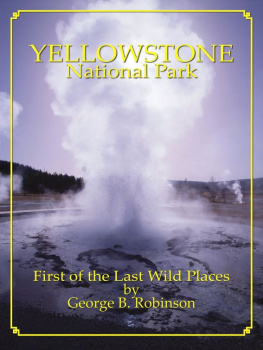
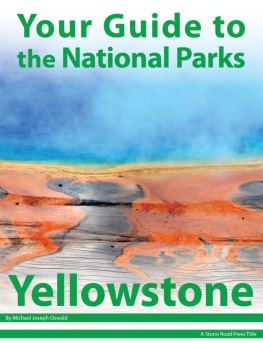
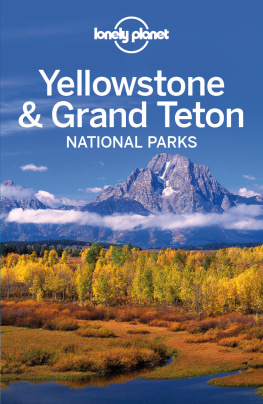
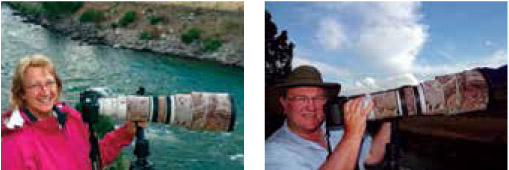
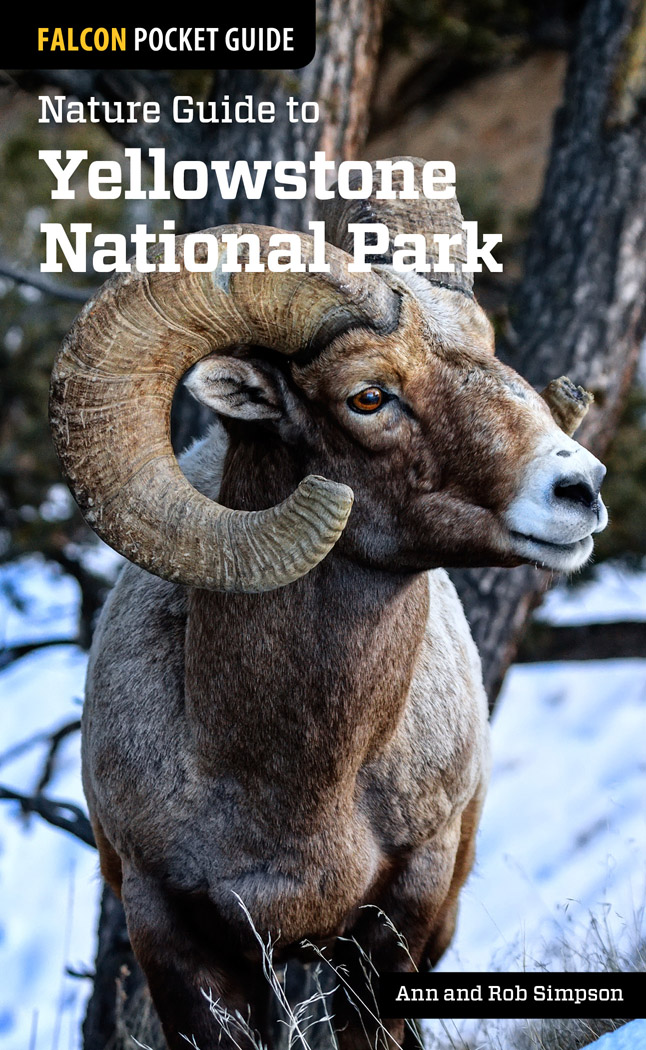
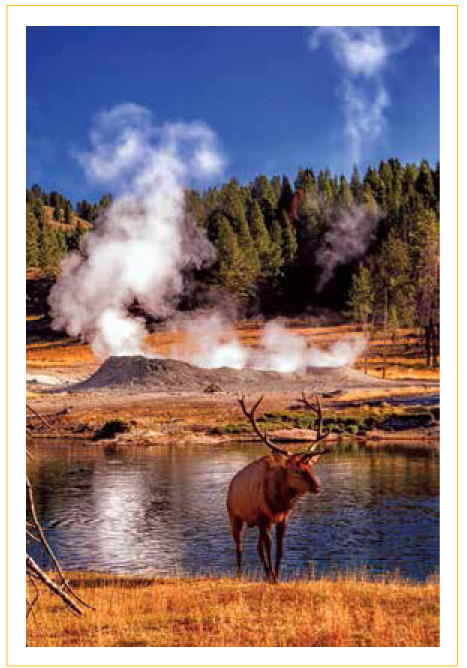

 The paper used in this publication meets the minimum requirements of American National Standard for Information SciencesPermanence of Paper for Printed Library Materials, ANSI/NISO Z39.48-1992.
The paper used in this publication meets the minimum requirements of American National Standard for Information SciencesPermanence of Paper for Printed Library Materials, ANSI/NISO Z39.48-1992.